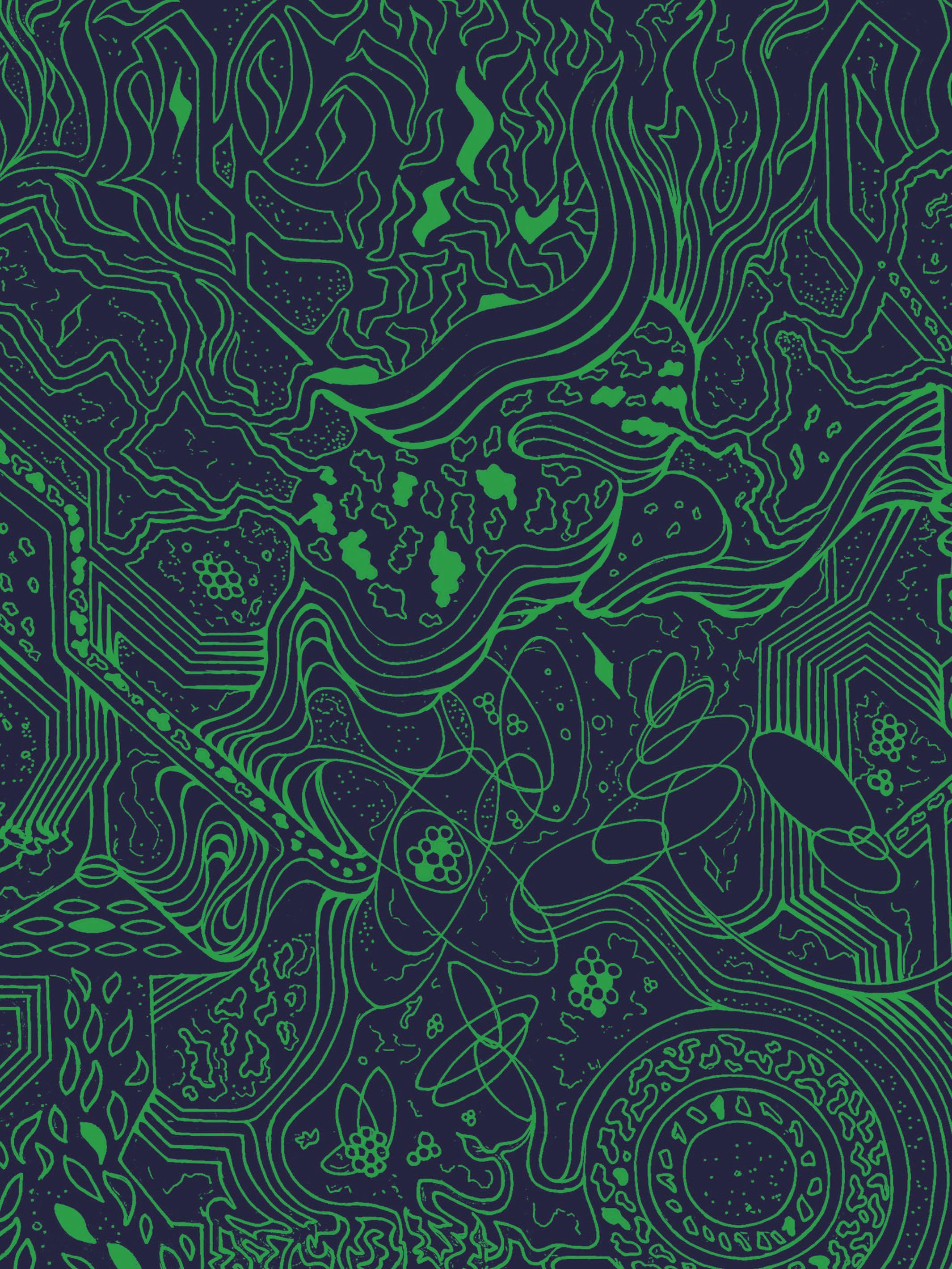
Many descriptive words, such as 'tall', 'beautiful', 'fat', etc, etc, have something in common: they do not convey a precisely defined meaning. I assume -you will agree with me that there is no general consensus on who is a tall person, who is a beautiful person, etc. Consider someone whose height is 170 cm (5ft 6in). Is this a tall person? If they're male, we're not really sure; but if the person is female, then she is definitely tall, particularly if she's from a Mediterranean country. On the other hand, although we have learnt that the opposite of, say, 'beautiful' is ‘ugly', still, that's not the whole truth: There are millions of people out there that are not beautiful, but they're not ugly either. They're just ordinary people, like me, and probably like you.
Colours are quite interesting in this regard. People do not sense or appreciate colours in the same way. Some weird things happen as a result. I'm sure that you have experienced the following scenario: You're standing in front of a beautiful and colourful landscape, and you decide to take several pictures of it. Later, you check these pictures on your computer or your phone, and you realize that the colours are not those you expected. Why not?
I've already hinted at an explanation of why this happens: colour is a subjective sensation. This means that we cannot directly or objectively measure or describe a colour. For instance, which one of the following colours are more red or less red than the others?
Some people may claim that red and scarlet are the same colour (trust me, they’re not). Others will claim that maroon is too dark to be red, while light coral is too light to be red. These and similar remarks show that we often cannot agree on things that we may have thought were very clear in our minds.
この記事は Philosophy Now の June/July 2023 版に掲載されています。
7 日間の Magzter GOLD 無料トライアルを開始して、何千もの厳選されたプレミアム ストーリー、9,000 以上の雑誌や新聞にアクセスしてください。
すでに購読者です ? サインイン
この記事は Philosophy Now の June/July 2023 版に掲載されています。
7 日間の Magzter GOLD 無料トライアルを開始して、何千もの厳選されたプレミアム ストーリー、9,000 以上の雑誌や新聞にアクセスしてください。
すでに購読者です? サインイン

Metaphors & Creativity
Ignacio Gonzalez-Martinez has a flash of inspiration about the role metaphors play in creative thought.

Medieval Islam & the Nature of God
Musa Mumtaz meditates on two maverick medieval Muslim metaphysicians.

Robert Stern
talks with AmirAli Maleki about philosophy in general, and Kant and Hegel in particular.

Volney (1757-1820)
John P. Irish travels the path of a revolutionary mind.

IT'S A WONDERFUL LIFE
Becky Lee Meadows considers questions of guilt, innocence, and despair in this classic Christmas movie.

"I refute it thus"
Raymond Tallis kicks immaterialism into touch.

Cave Girl Principles
Larry Chan takes us back to the dawn of thought.

A God of Limited Power
Philip Goff grasps hold of the problem of evil and comes up with a novel solution.

A Critique of Pure Atheism
Andrew Likoudis questions the basis of some popular atheist arguments.

Exploring Atheism
Amrit Pathak gives us a run-down of the foundations of modern atheism.